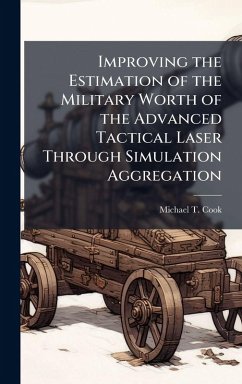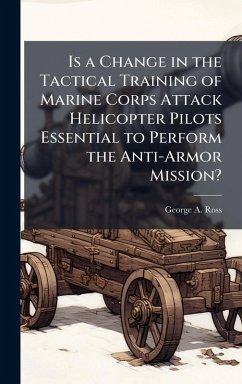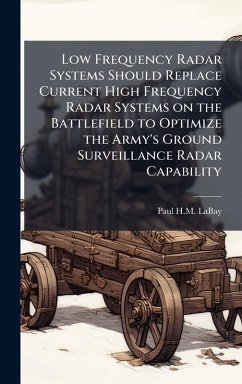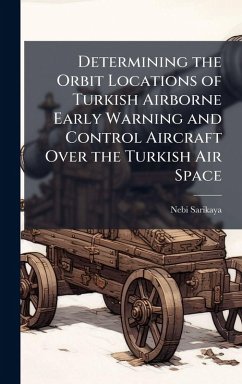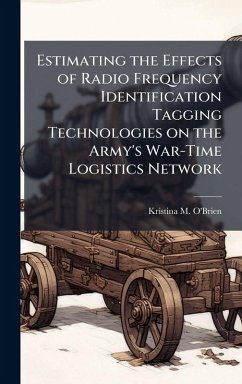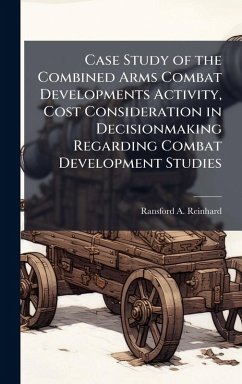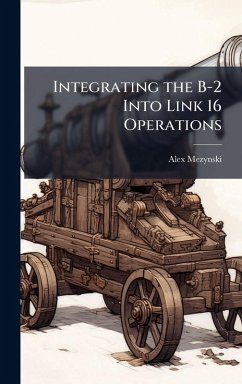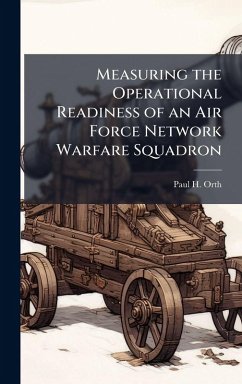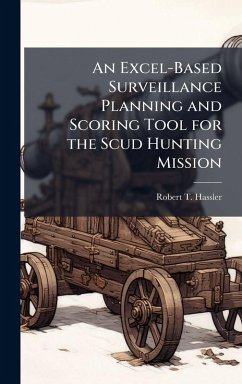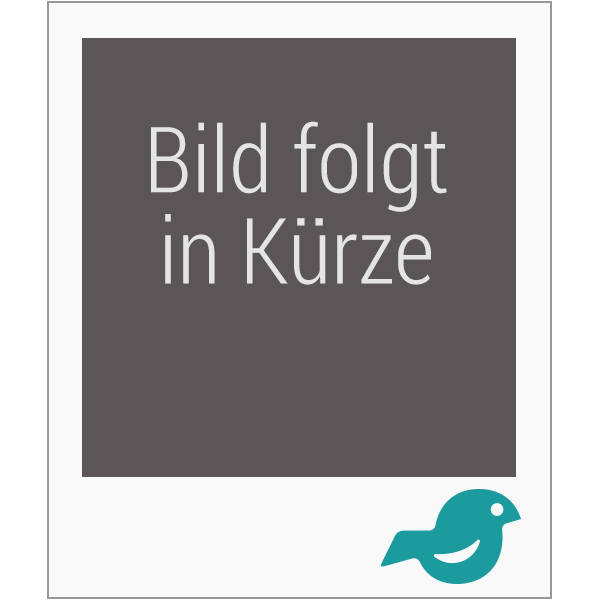
Routing UAVS to Co-Optimize Mission Effectiveness and Network Performance With Dynamic Programming
Versandkostenfrei!
Versandfertig in über 4 Wochen
28,99 €
inkl. MwSt.
Weitere Ausgaben:

PAYBACK Punkte
14 °P sammeln!
In support of the Air Force Research Laboratory's (AFRL) vision of the layered sensing operations center, command and control intelligence surveillance and reconnaissance (C2ISR) more focus must be placed on architectures that support information systems, rather than just the information systems themselves. By extending the role of UAVs beyond simply intelligence, surveillance, and reconnaissance (ISR) operations and into a dual-role with networking operations we can better utilize our information assets. To achieve the goal of dual-role UAVs, a concrete approach to planning must be taken. Thi...
In support of the Air Force Research Laboratory's (AFRL) vision of the layered sensing operations center, command and control intelligence surveillance and reconnaissance (C2ISR) more focus must be placed on architectures that support information systems, rather than just the information systems themselves. By extending the role of UAVs beyond simply intelligence, surveillance, and reconnaissance (ISR) operations and into a dual-role with networking operations we can better utilize our information assets. To achieve the goal of dual-role UAVs, a concrete approach to planning must be taken. This research defines a mathematical model and a non-trivial deterministic algorithmic approach to determining UAV placement to support ad-hoc network capability, while maintaining the valuable service of surveillance activities. This work has been selected by scholars as being culturally important, and is part of the knowledge base of civilization as we know it. This work was reproduced from the original artifact, and remains as true to the original work as possible. Therefore, you will see the original copyright references, library stamps (as most of these works have been housed in our most important libraries around the world), and other notations in the work. This work is in the public domain in the United States of America, and possibly other nations. Within the United States, you may freely copy and distribute this work, as no entity (individual or corporate) has a copyright on the body of the work. As a reproduction of a historical artifact, this work may contain missing or blurred pages, poor pictures, errant marks, etc. Scholars believe, and we concur, that this work is important enough to be preserved, reproduced, and made generally available to the public. We appreciate your support of the preservation process, and thank you for being an important part of keeping this knowledge alive and relevant.



